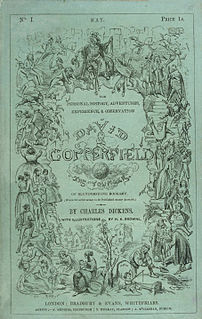A Quote by Jon Oringer
We recognized early on that media consumption was evolving and customers were looking for moving images to include as part of their advertising campaigns, website designs and corporate presentations.
Related Quotes
The advertising men made it clear that there were two ways of looking at ideas in a war against fascism. Those of us who were working on the project believed ideas were to be fought for; the advertising men believed they were to be sold. The audience, those at home in wartime, were not 'citizens' or 'people.' They were 'customers.'
Observing and understanding the social media phenomenon is one thing-leveraging this trend for advertising purposes is quite another. While most companies recognize the value of social media advertising opportunities, not many have figured out how to execute these kinds of campaigns and the unique risks they entail because of the potential that a viral marketing effort can backfire and actually harm a brand.
Part of the failure of the corporate media is that they don't dig out stories anymore. They are looking down from the top floors. Media work used to be something that was down on the ground level. Now they are looking out of the windows in the top suites, and they don't know what's going on out there. And then there are the corporate owners who don't want this stuff reported because if one town learns that the next town has defeated Wal-Mart or stopped sweatshop goods, then other towns are going to want to do the same thing.
Boxes and rectangles on the side or top of a website simply do not deliver against brand advertising goals. Like it or not, boxes and rectangles have for the most part become the province of direct response advertising, or brand advertising that pays, on average, as if it's driven by direct response metrics.
Science and technology were often used by [the magician of old], even before they came into the marketplace on a mass basis. For example, prior to the moving picture going into theatre, magicians were using the technique of images in motion as illusions in their shows. At that time the process was so new, an audience perceived it as magic. Also in the early stages of holograms magicians would use these images to baffle and mystify their fans. Hence, you always need to stay one step ahead of the technology game to "WOW" the audience.
We’re face to face with images all the time in a way that we never have been before... Young people need to understand that not all images are there to be consumed like fast food and then forgotten – we need to educate them to understand the difference between moving images that engage their humanity and their intelligence, and moving images that are just selling them something.
Advertising and the free society are closely connected. Advertising helps to make a free society remain so by increasing competition, and by helping to maintain the freedom of the mass media themselves. The free society is one where advertising and advertising agencies are likely to be in considerable demand, though it is true that even in a totally centralist society there would still be a need for organisations and people to have access to mass communication media.
Because of the control of the media by corporate wealth, the discovery of truth depends on an alternative media, such as small radio stations, networks, programs. Also, alternative newspapers, which exist all over the country. Also, cable TV programs, which are not dependent on commercial advertising. Also, the internet, which can reach millions of people by-passing the conventional media.



































